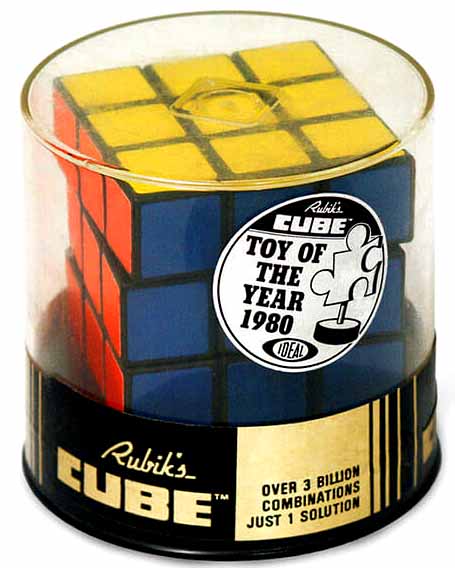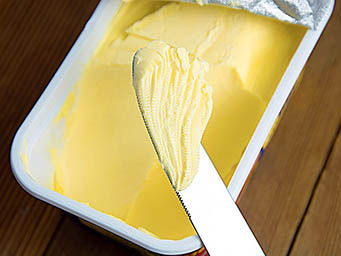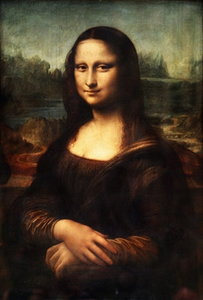The history of the Rubik's Cube
If you are curious, you will find puzzles around you. If you are determined, you will solve them.
W 1974 year, in Budapest, young architecture professor named Erno Rubik created an object, which seemed impossible to realize. The elements making up the cube could be twisted and rotated – and the ankle did not break, nor did it fall to pieces. After placing the colored stickers on the squares forming the sides of the cube and mixing the squares, the first one was created “Rubik's Cube“. It took Erno well over a month to solve the puzzle of the cube and place it correctly. He did not expect, That Rubik's Cube will be the best-selling toy in the world. As a teacher, Erno was always looking for new ones, more interesting ways of transferring knowledge, therefore, he used the first Cube model as a scientific aid when explaining spatial relationships to his students. Erno always saw Kostka mainly as an art object, a mobile sculpture symbolizing sharp contrasts of the human condition: astonishing problems and a triumphant intelligence; simplicity and complexity; stability and dynamics; order and chaos. However, before this magical object became the most popular toy ever, there had to be a few coincidences.
As with many of the world's greatest inventions, her birth was not easy. After presenting the cube prototype to students and friends, Erno began to realize her potential. The next step was to put it into production. The first dice were produced and distributed in Hungary by the Polytechnic University. Those earlier Cubes, marketed under the name "Magic Cubes" (or "Buvos Kocka"), they were twice as heavy as the ankles available later on. In the 70's, Hungary was part of the communist camp, separated from the world by an iron curtain, and all kinds of import and export were strictly controlled. How is Erno's invention, which was a huge success in Hungary, managed to find its way into the hands of every child in the 1980s?
The first stage of the battle to gain recognition for the Rubik's Cube around the world was to go beyond the borders of Hungary. This was achieved in part with the participation of mathematicians interested in Kostka, who took her to international conferences and partly with the involvement of a Hungarian entrepreneur living abroad, who took the cube to the Nuremberg Toy Fair in 1979 year. It is right there, Tom Kremer, specialist for. toys, has agreed to lead global cube sales. Tom's unwavering faith in Kostka's potential eventually resulted in it, that Ideal Toy Company went into distribution “Magic Cube”. Ideal Toy bosses decided, that the current name may be associated with witchcraft and after analyzing several possibilities, they gave it a name: “Rubik's Cube” – thus a legend was born.

Since its international premiere in 1980 year, sold approx 400 million Rubik's Cubes. Approximately, every seventh living person in the world has played with Rubik's Cube. This little girl, the six-color cube has become a symbol of the decade. She started artistic movements (Rubikcubism), inspired music videos, Hollywood movies, and even had her own television show; it symbolizes both genius and disorder; she did, that a new sport was born (Speedcubing) and even flew into space.
Beauty Rubik's Cubes is about it, that when you look at an uncomposed ankle, without any instructions you know exactly what to do. However, without manual, laying the cube is almost impossible, making, that it is one of the most annoying and addictive inventions, ever made.








